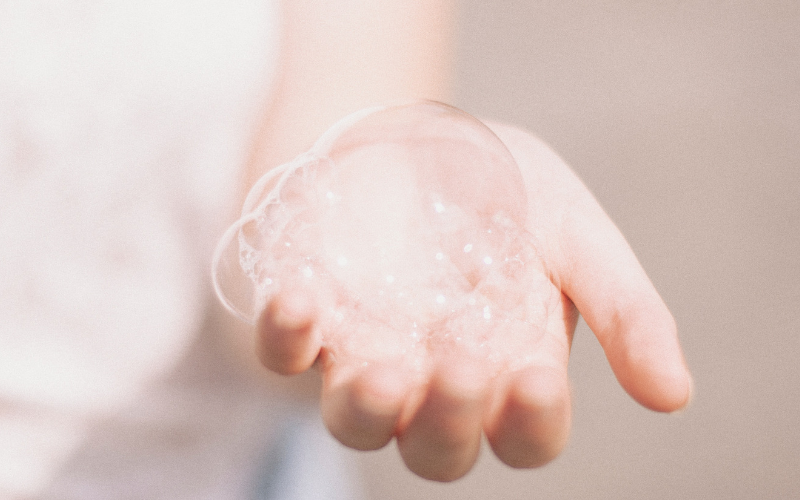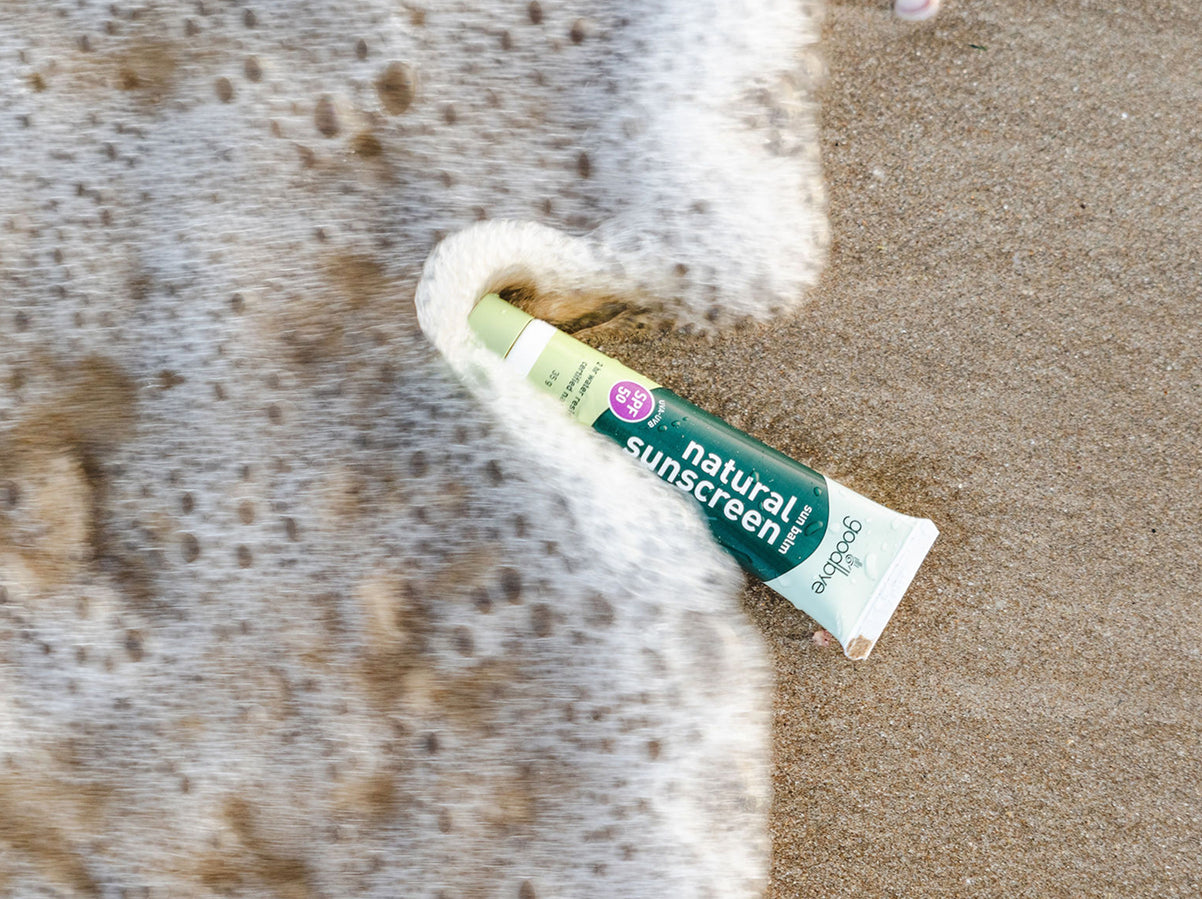Soap 101

Soap 101
What's Really In Our Soap?
by Leanne Martell
Soap is something we don't think much about really. We take it for granted. We hop in the shower in the morning and there it is. We wash with it, it circles down the drain, and away we go for the day. But it is really quite an amazing thing. Whether you use a shower gel or handmade soap, there are so many options! Being a soap maker, I thought that I would introduce you to what soap is, and a little bit about how it is made. Of course, I can only talk about natural soap. I do not claim to know much about the process of making synthetic products with Sodium Lauryl Sulfate (SLS), and so I will stick to what I know.
Firstly soap, well natural soap, is simply made up of oil. Funny that, because most of what we are trying to wash OFF our skin is dirt and oil, which has accumulated throughout the day. But there it is, just oil. The oil needs to be broken down into parts, glycerine, and fatty esters, and to do that we need to put the oil under stress or use a catalyst to break the oil apart. For this I use sodium hydroxide ‚yes, the same thing we clean our drains with! It is a harsh chemical that will burn you, strip the flesh off your bones, clean your goopy drains, and reach scorching temperatures when added to water. Believe me when I tell you it hurts like crazy if you get a grain of it stuck underneath your fingernail!
WHAT – that's in my SOAP?! Yes, it's true! But when the sodium hydroxide has done its job, it's gone. Just like the cleaners who come in, if you are lucky enough to have some! They swoop in while you are not looking, organise, and clean your house, put everything where it should be. and disappear without a trace. That's exactly what the sodium hydroxide is like. It swoops in, organises the oils, puts them in the right places, and leaves without a trace (* if the soap is made correctly! Soap that is made incorrectly can contain traces of sodium hydroxide, which can burn the skin. Each oil requires a different amount of catalyst to break it apart and care should be taken if endeavoring to make natural soap on your own.)
What is left is re-organised oil. It will have a slightly higher pH level than your skin, so it can remove oil and grease and dirt from the surface of your skin. But it also contains the natural glycerine from the oils to ensure your skin can recover from being cleaned, and restore its own very clever protection system (the sebum).
Now, the oils chosen to make a bar of soap vary. Almost ANY oil can be used and they all help to create a different soap experience. For example, a soap made ONLY of olive oil (Castile Soap) will have virtually NO lather, whereas a soap made ONLY of coconut oil will lather EVEN in saltwater. And here's a funny fact, did you know that if you have too much coconut oil in your soap it will actually dry your skin out? So getting the balance of oils right in a bar of soap is not as easy as just saying, I love a rich, bubbly lather so let's use mostly coconut oil! You CAN have too much of a good thing. Another very important thing to do when creating a wonderful bar of soap is allowing some of the oils you use to remain whole by not breaking down ALL the oil. We call this superfatting and it helps to leave your skin soft and smooth without that drying or tight feeling effect of some harsher cleansers.
So, next time you hop into the shower, spare a thought for the humble bar of soap. It is likely to be the only thing that touches every single inch of your skin, which is your largest organ! And it is something you most likely use EVERY day!











